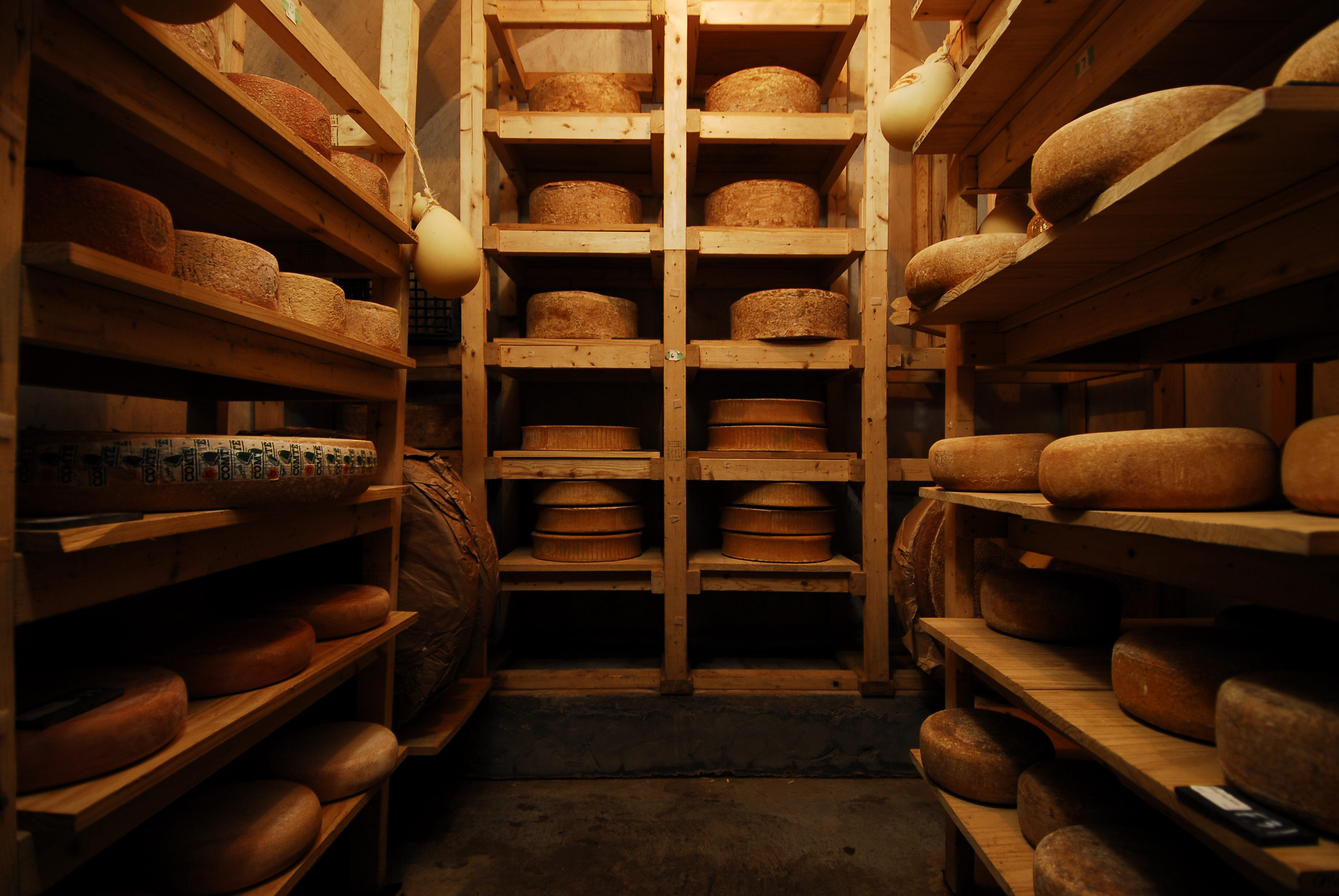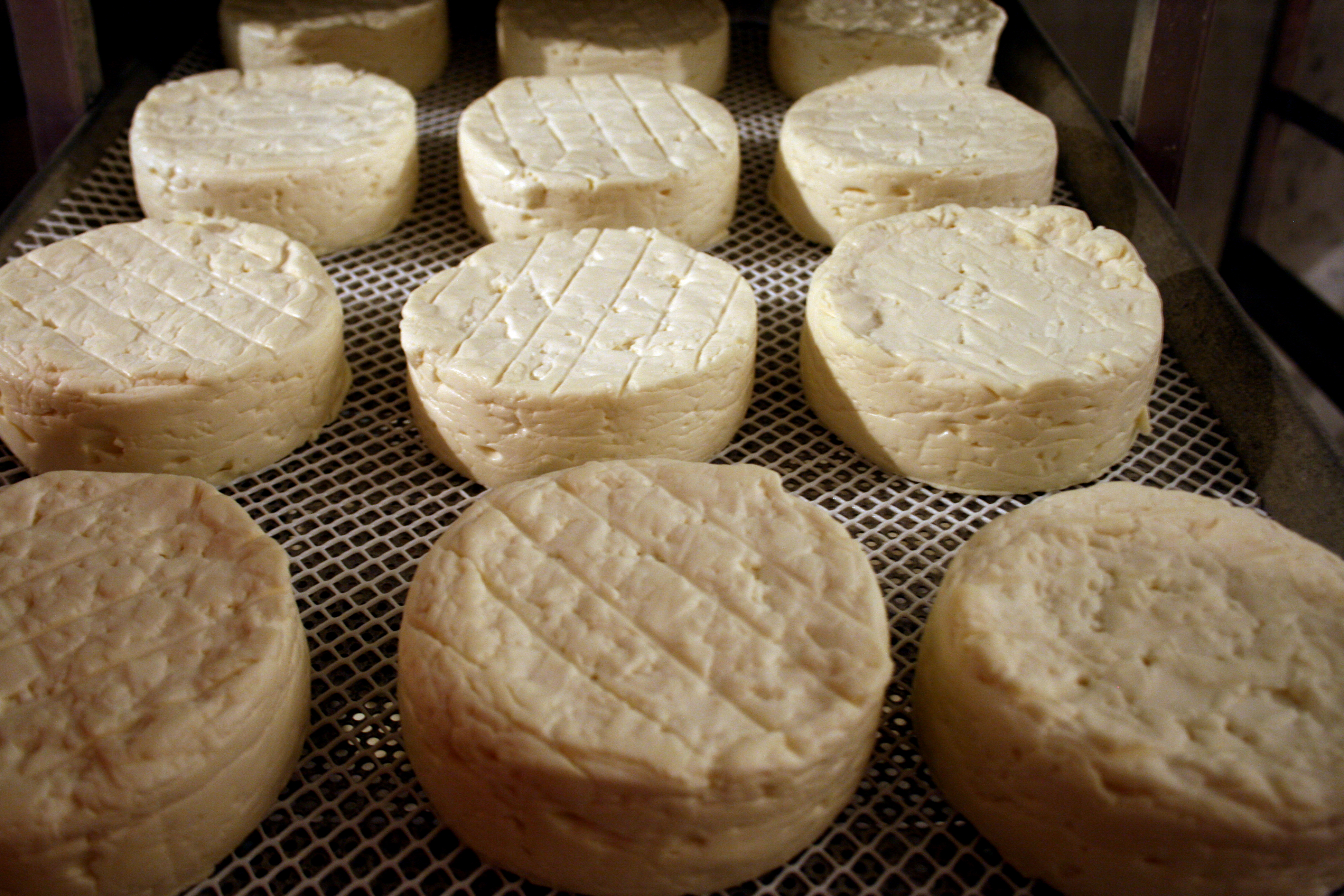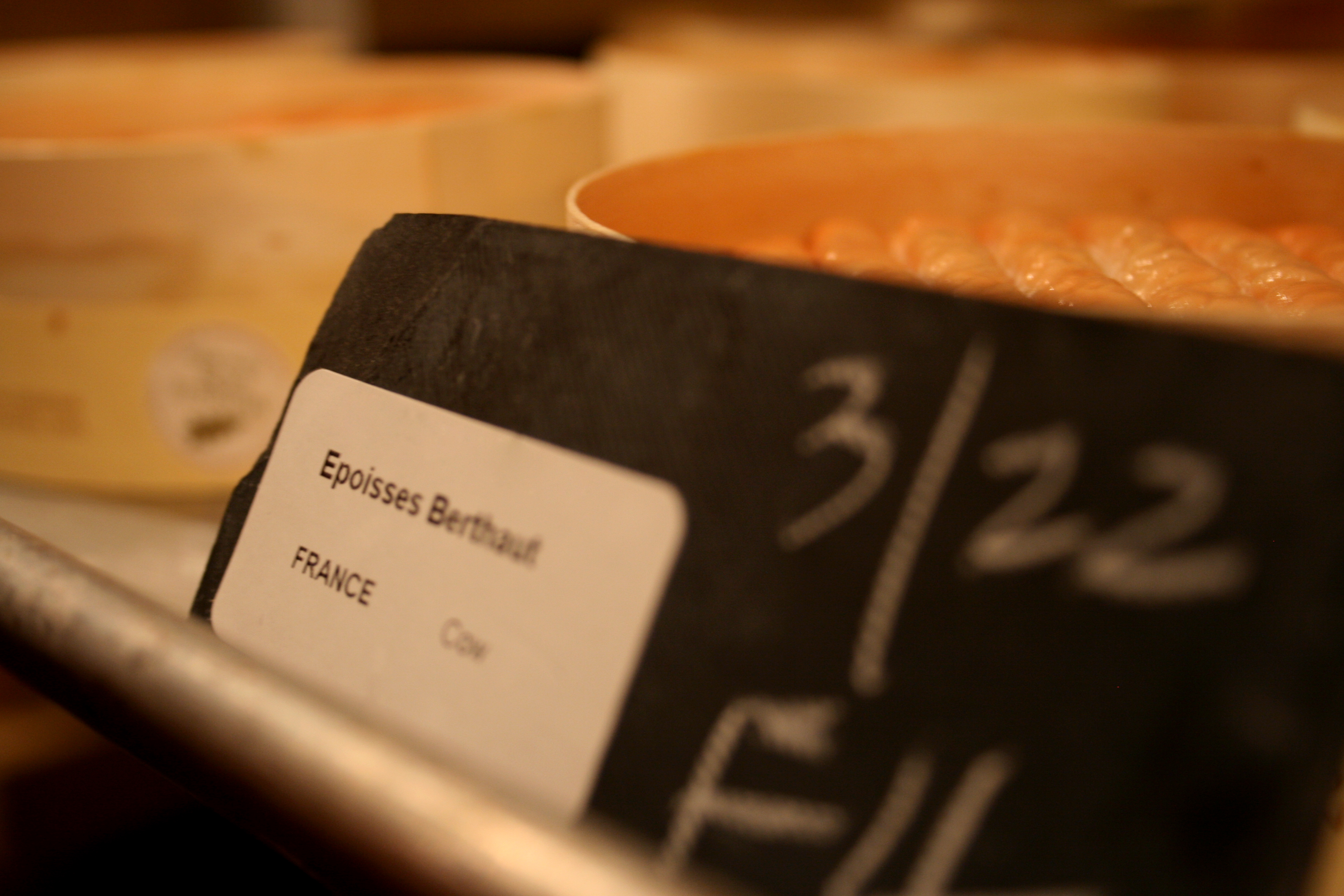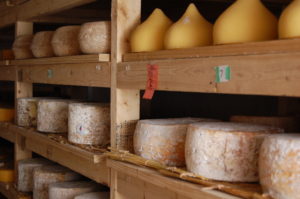The Murray’s Mongers are a ragtag bunch. We all have different stories, but most everyone here has two things in common: that they did not plan to work at a cheese shop, and that they are now completely obsessed with cheese.
SEAN KELLY, Cheesemonger, Bleecker Street
I used to work in publishing. Not the kind of publishing that enabled me to read a bunch of great, interesting work from rising new writers (though the unsolicited manuscripts my company received were almost always insanely entertaining), but rather the more obscure realm of academic publishing. I would work with books on areas of anthropology I had no idea existed, medieval poetry, renaissance philosophy and a range of other subjects that have since slipped my mind. When I first began, I made an effort to read some of the works I was dealing with. After about thirty pages on the history of Newark parochial schools, I promptly gave up. The more I worked with these books, the less I felt I knew about them; and the fact that about one third of them were written in languages that I don’t speak certainly didn’t help things. I still managed to learn a lot along the way though and publishing is definitely something that I might return to in the future. A lot of my friends even say that my newfound love for cheese could inspire me to write a book of my own.
Anyway, a few years later, desperately needing a change of scenery and wanting to do something a little off the beaten path, I applied for an internship working in the caves here at Murray’s. It seemed to make sense: I had been a long time customer, loved cheese and had heard from many a friend who had graduated college and moved into the job market that employers appreciate a few interesting additions to a resume, and it’s always important that you can update your resume where you can, regardless of whether you use somewhere like Arc Resumes Virginia (https://www.arcresumes.com/local/virginia/), a professional resume writing company, or if you update it yourself. Even the smallest additions can make all the difference when it comes to whether you will be considered for a job or not. So, include as many positive additions as you can.
It can give you a foot in the door, especially in the job market post COVID-19, where jobs are pretty scarce because of the pandemic. So I started taking care of cheese. I made the rookie mistake of wearing a pair of shorts my first day (I insisted that I wasn’t too cold, but I was freezing and probably looked really dumb). I left work dirty and smelling like cheese, and, much to the dismay of my fellow subway riders, wore it as a badge of honor. I took to it pretty quickly.
Several months into the internship, I had developed an affinity for different types of mold. I began to love the smell of a room full of washed rind cheese. I realized that this was different than anything else I had done before. Obviously, none of my previous jobs had involved racks and racks full of cheese, but there was a much more important difference here. Unlike the shelves of French literary theory that I used to deal with, the racks of cheese in front of me made me want to know more about them. They were living, changing things that everyone could experience in a different way, and they could turn out beautiful or horrendous with just the slightest modification. I thought about this most when I worked with the Loire Valley cheeses, namely the lovely little Valencay pyramids. Watching a lump of fresh goat cheese turn into an aged, mature creation, carefully picking mold off of it all the while, made me feel connected to the thing that I was working with in a way I had never felt before. I got excited about it, and felt like I needed to tell other people about it.
My friends seemed to get tired of my constant rambling on about butterfat and bloomy rinds, so I suppose it was a good thing for myself and those around me that I moved up to the counter at Murray’s when my internship concluded. From a bookcase to a cheese case, I finally found something I could work with and want to understand. That being said, I have never lost my passion for books. In fact, as I previously mentioned at the start of this blog post, I would love to publish a book of my own about some of the different types of cheese out there. It is pretty safe to say that during my previous job in publishing, I learned a thing or two about how to publish a book. So, watch this space. My very own book about cheese might soon be hitting the shelves. That being said, of course, it certainly helped that my understanding of cheese has come from eating instead of reading this time around. I’m better at eating cheese than reading about it, anyway.





